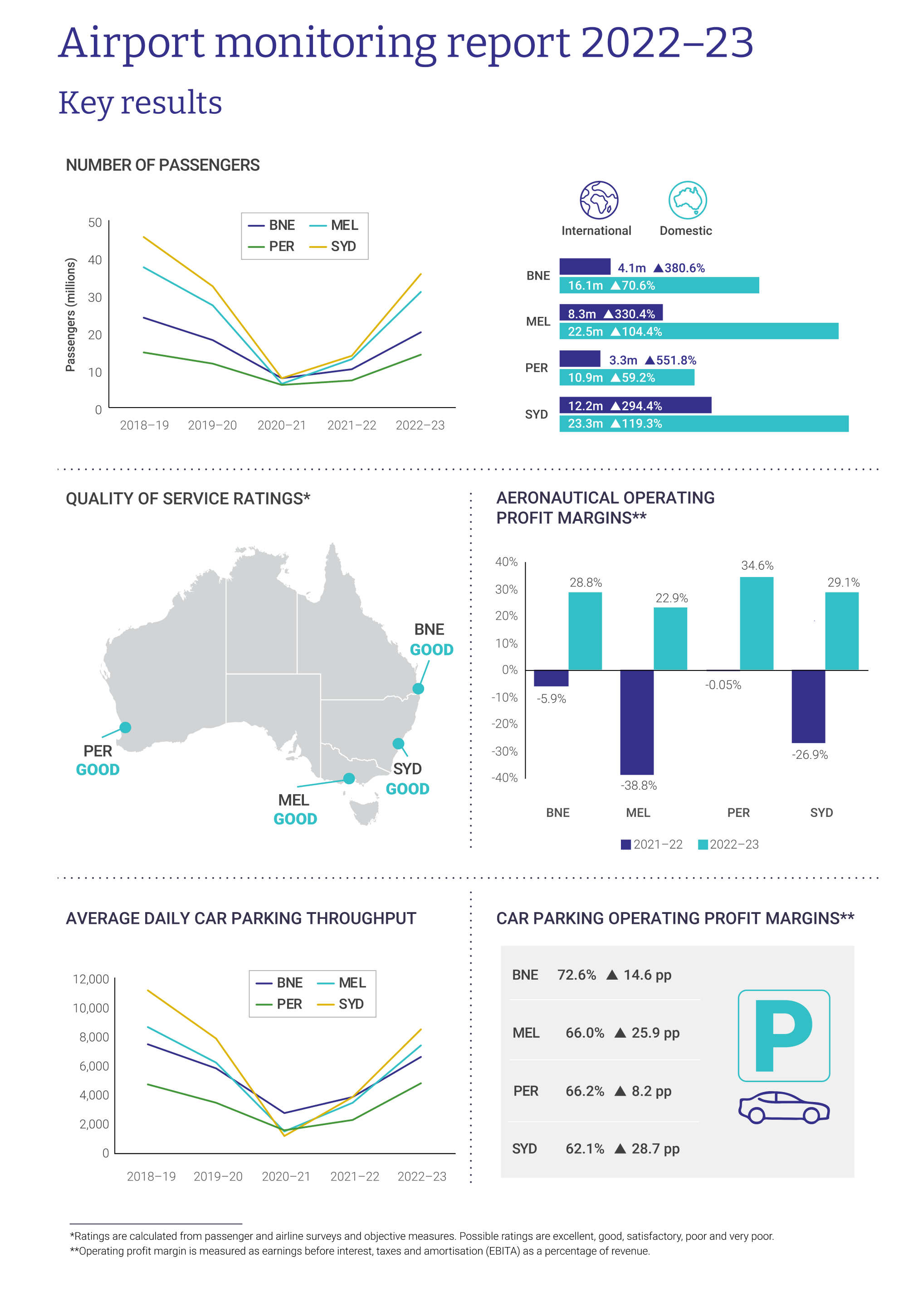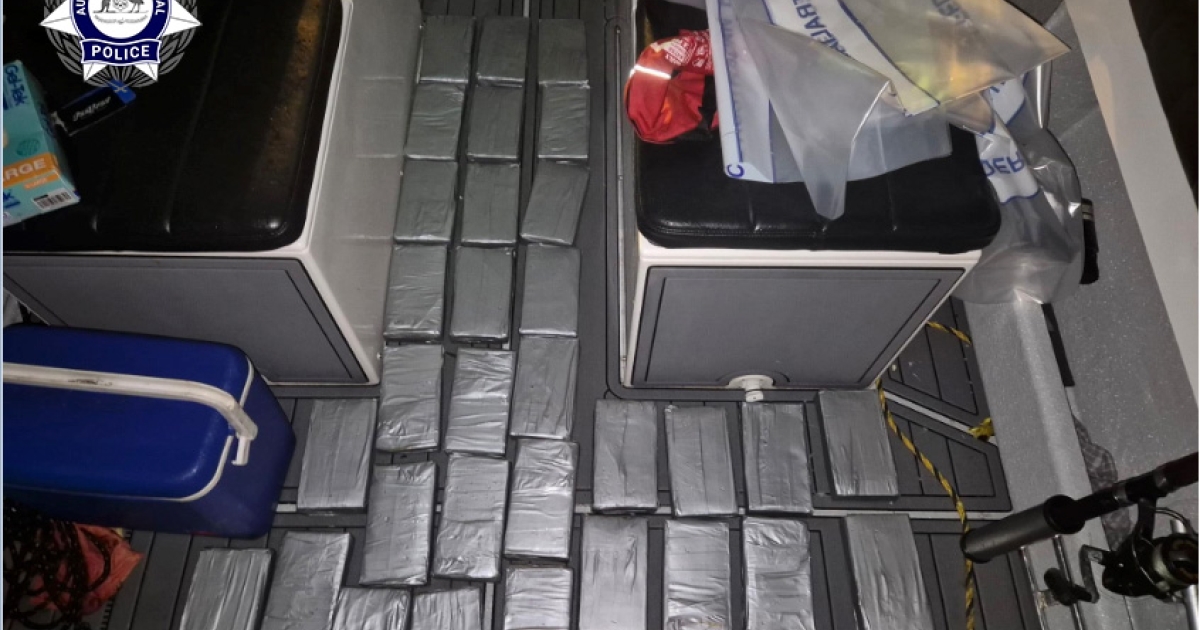Deterioration not detected during routine maintenance contributed to the in-flight fracture of a pylon link assembly on a Bell Longranger helicopter, an Australian Transport Safety Bureau investigation has concluded.
On 9 December 2022, the Bell 206L Longranger was being used for a low-level wildlife survey about 60 km south-west of Deniliquin, in the New South Wales Riverina, with a pilot and three passengers on board.
While surveying above a forest, the pilot heard a loud bang and the helicopter pitched nose up, rolled to the left, and started vibrating severely.
“With nowhere to land immediately, the pilot applied cyclic to counter the pitch and roll and flew straight for about 10 seconds, at which point the vibration effectively stopped,” ATSB Director Transport Safety Dr Stuart Godley said.
“The pilot was then able to conduct a precautionary landing in some farmland about 2 km away.”
It was subsequently found that the helicopter’s right forward pylon support link assembly had fractured.
“The link assembly is designed to isolate and support the main rotor transmission and rotor, reducing cabin noise and vibration.”
The ATSB’s investigation found the fracture was due to fatigue cracking, which initiated as a result of unidentified degradation of an elastomeric bearing.
The helicopter’s manufacturer advised the ATSB of two similar occurrences, which in one instance led to a hard landing, and in another a ditching.
“The degradation of the bearing in this case was likely present at the time of the helicopter’s most recent periodic maintenance inspection,” Dr Godley noted.
“However, the helicopter maintainer had not been removing the link assemblies in accordance with the helicopter manufacturer’s maintenance manual inspection requirements, reducing the likelihood of the bearing degradation being detected.”
As a result of this incident, the helicopter maintainer has updated its maintenance scheduling to include the requirement to remove the link assemblies for detailed examination, in accordance with the manual.
“This incident reinforces to maintenance organisations the importance of ensuring all required procedures are reflected in their scheduling,” Dr Godley said.
“Additionally, when inspecting for evidence of bearing degradation, consider the particular installation or presence of protective coatings, which could potentially inhibit the release and detection of wear material.”
You can find here the final report: Pylon support link assembly fracture involving Bell 206L, VH-JSU, 60 km south-west of Deniliquin Aerodrome, New South Wales, on 9 December 2022








